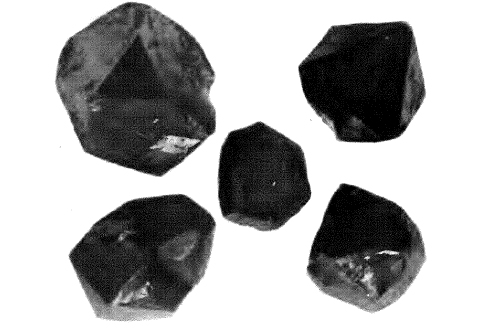<![CDATA[A seemingly innocuous lump of rock found by Polish archaeologists last year is in fact a piece of meteorite. The unusual origins of the shard, found in a 9,000 year old hut from the Neolithic era, have only just been determined. The fragment of meteorite was found by archaeologists from the Institute of Archaeology and Ethnology (IAE). It was located in the remains of a hut in Bolkow, close to Lake Swidwie in Western Pomerania, North-west Poland. The meteorite is made from natural pyrite. It is cylindrically shaped, porous and has a corrugated side surface. Archaeologists have been working on the banks of Lake Swidwie for several years, because it contains the remains of several Neolithic sites. The meteorite fragment however, is the most unique discovery. The shard was found in a pole hut. The archaeologists found an almost identical structure close by. In the central portion of each hut, under a layer of peat, the remnants of hearths were also discovered. The exact function of these two huts is still to be determined, however it has been postulated that they were places for some kind ritualism or worship. It seems probable that the inhabitants of the hut had some awareness of the unworldly origins of the stone, which is why they kept it. They almost certainly had some understanding of raw stone materials, and the local geology of the region. Professor Tadeusz Galinski told the Polish Press Agency “The item became an object in their belief system, and perhaps even a prop in the practice of shamanic practice.” Other items found in the hut include an amulet, a bone spear tip with an engraved ornament and a ‘magic-stick’ made of antler and decorated with geometric shapes. The symbolism of these other items may never be understood, but it seems possible that they were associated with spiritual culture. Professor Galinski has pointed out that the properties of the shard further add to the sense that it might have had special connotations for those who found it. The fragment is deceptively heavy. He argues very strongly that these properties would have been more reason for it to be incorporated into shamanic and ritual practices. “The side profile shape suggests various associations, the original finder, millennia ago probably saw in it shapes of a mysterious world of spirits.” The discovery gives a fascinating insight into the extent which Neolithic man understood and engaged with his environment. The shard was found in a hut filled with seemingly spiritual items, as well as simple tools. Clearly the piece of cosmic debris was considered something worth keeping - something a little unusual. Of course, Professor Galinski’s theory of it having a spiritual use is only one hypothesis. The stone could just as easily have been kept because of its weight, making it a useful tool. What is clear is that whatever use it was put to, the person who decided to keep this stone understood there was something special about it.]]>
Shards of Meteorite Found in Neolithic Hut in Poland
